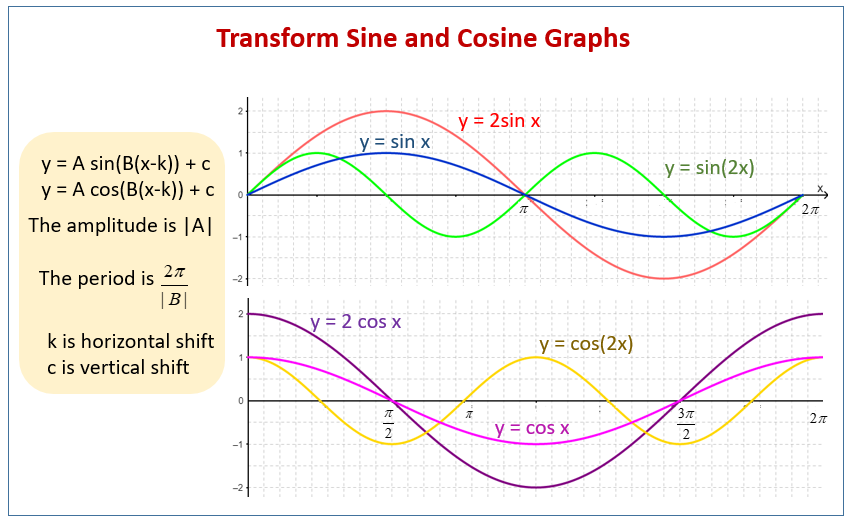
The sine and cosine of an acute angle are defined in the context of a right triangle: for the specified angle, its sine is the ratio of the length of the side that is opposite that angle to the length of the longest side of the triangle (the hypotenuse), and the cosine is the ratio of the length of the adjacent leg to that of the hypotenuse. Um, so the box dancer is the correct one.In mathematics, sine and cosine are trigonometric functions of an angle. So this might be this might get you a bonus point or something. And depending on who your teacher is, they might also ask you to write that sign of a cannot equal co sign of a Because if that's the case, you'd be dividing zero.

Then it computes the FFT of the output of the first step along the other dimension (column or row). And I don't really feel like rewriting this. First it computes the one-dimensional FFT along one dimension (row or column). And the reason why we do that you notice the denominator is sign of a minus co sign of a and you can cancel those two things out.
SINE COSINE FREEMAT PLUS
See how it's back to a difference And you could rewrite sine squared a sign of a time sign of a you re right Cosan squared as co sign Obey times co Sign of a and how we do a difference, Aziz, you make one plus make one minus. It's not a difference of squares, but you can do something with this one.

But now, right now and you can't factor anything A matter of fact, you can't do anything with the sine squared of a I'm just going down here, Ah plus co sign square today because it's a sum of squares. For complex values of X, sin (X) returns complex values. Finally, FreeMat also supports f being a user. Alternately, f can be a function handle to a function (see the section on function handles for more information).

For real values of X, sin (X) returns real values in the interval -1, 1. y1,y2.,yn feval (f,x1,x2.,xm) where f is the name of the function to evaluate, and xi are the arguments to the function, and yi are the return values. The function accepts both real and complex inputs. Examples collapse all Sine of 180 degrees compared to sine of radians sind (180) ans 0 sin (pi) ans 1. The sin function operates element-wise on arrays. Syntax Y sind (X) Description example Y sind (X) returns the sine of the elements in X, which are expressed in degrees. And then, uh, co sine squared times cosign squared gives you co sign of the fourth make one plus make one minus. Y sin (X) returns the sine of the elements of X. As consequences of the generalized Euler’s formulae one gets easily the addition formulae of sine and cosine: sin(z1+z2) sinz1cosz2+cosz1sinz2, sin. It s so how do we do? A difference of squares is Ah, you're right sine squared and sine squared here. (1) (which sometimes are used to define cosine and sine) and the fundamental formula of trigonometry. That's a minus difference of squares where you could rewrite signed to the fourth a sine squared, um, times sine squared. Integer types are promoted to the double type prior to calculation of the cos function.

Example The following example demonstrates the use of the pi function. Typical usage y pi This value is approximately 3.141592653589793. The general syntax for its use is y cos (x) where x is an n -dimensional array of numerical type. FreeMat - PI Constant Pi PI Constant Pi Section: Base Constants Usage Returns a double (64-bit floating point number) value that represents pi (ratio between the circumference and diameter of a circle.). While Im also using Freemat on an Ubuntu platform (desktop). FreeMat - COS Trigonometric Cosine Function COS Trigonometric Cosine Function Section: Mathematical Functions Usage Computes the cos function for its argument. That's so I believe that a long been the numerator Ah, this is a difference. If youre looking for help in heavy programming using Freemat. Well, first of all, I can do anything with the denominator. Eso looking at signed to the fourth of a minus co sign into the fourth of a all over a sign of a minus co sign of a What I would do is I wouldn't notice.


 0 kommentar(er)
0 kommentar(er)
